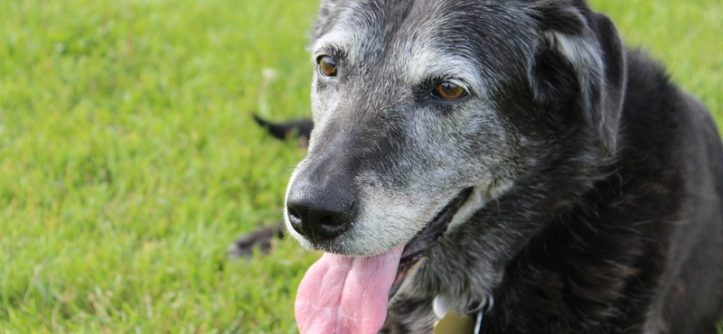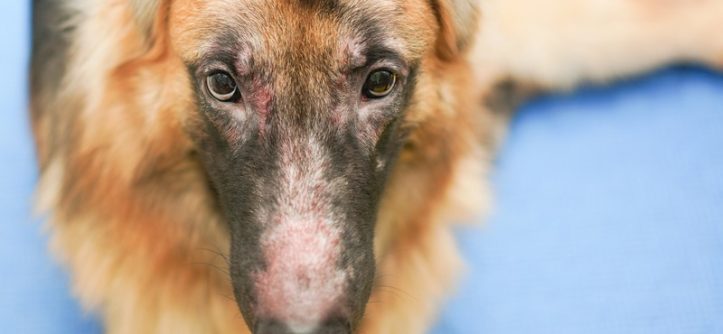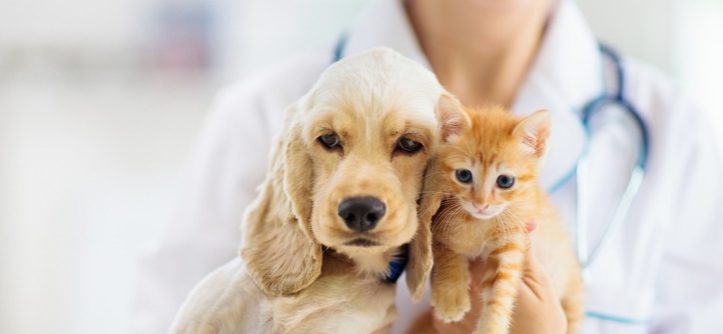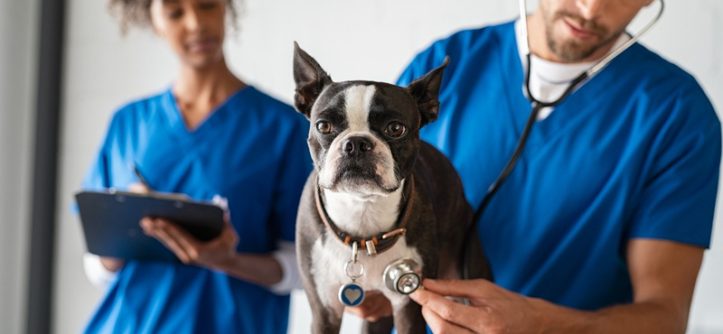As our beloved pets enter their golden years, they often become more prone to many health issues, particularly internal diseases that can affect their quality of life and longevity. These ailments can often be subtle in their presentation, making it
When Should Pets Get Allergy Tests?
Have you ever watched your furry friend incessantly scratch behind their ear, sneeze repeatedly, or seemingly overreact to a bit of dust floating in the air? As a loving pet owner, you want your companion to live their best life,
How Can I Enhance the Curb Appeal Before Selling My Home?
Selling your home is a significant milestone, and first impressions can make or break a potential sale. Enhancing your home’s curb appeal is crucial as it sets the stage for what’s inside. Let’s explore some effective ways to boost your
Why Is Early Vet Care Vital for Puppies and Kittens?
Bringing a puppy or kitten into your life is undoubtedly a joyful and exciting experience. These little bundles of fur are not just pets; they’re new family members who bring love and excitement into our homes. Just like human babies,
When Is a Dental Cleaning Necessary for Pets?
Picture this: you’re lounging on the couch, your furry friend cozied up next to you, and as they yawn widely, you’re hit with a not-so-pleasant whiff of their breath. You love your pet unconditionally, but their dental hygiene? That’s another
What Are the Signs That Your Pet Needs Specialized Veterinary Care?
When you share your life with a pet, you understand they’re more than just an animal – they’re a treasured member of the family. Just like any family member, their health and well-being are of utmost importance. However, determining when
How Do Veterinarians Personalize Pet Wellness Exams?
When it comes to ensuring the health and happiness of our furry pals, regular vet checkups are non-negotiable. But did you know that these exams are not one-size-fits-all? Yes, you heard that right. Veterinarians tailor pet wellness exams meticulously based







